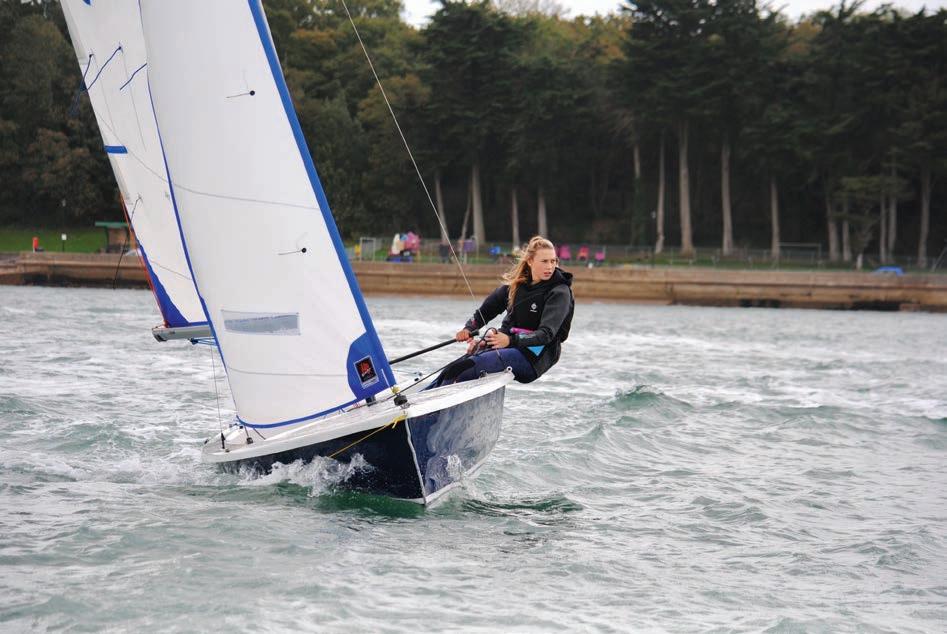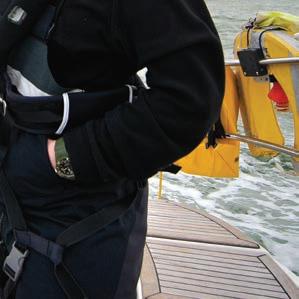
2 minute read
Estuary birds – How to spot some of the
Estuary birds
The beautiful Medina Estuary’s mudfl ats, saltmarsh and surrounding lands are home to some of Europe’s rarest and most vulnerable migratory birds, along with many resident species. Here’s a guide to just a few of the water birds you could spot in this area. rarest and most vulnerable migratory birds, along with many resident species. Here’s a guide to just a few
Illustrations by Alan Rowe, potting-shed-cartoons
RINGED PLOVER
Small wading bird with smart black and white head and breast. Feeds in groups, often with the Dunlin fl ock. smart black and white head and breast. Feeds in groups, often with the Dunlin fl ock.
LAPWING Black and white plumage shows green in bright sunlight. Has an impressive crest and distinctive call ‘pee-oo-wit’. Black and white plumage shows green in bright sunlight. Has an impressive crest and distinctive call ‘pee-oo-wit’.
SANDWICH TERN Elegant summer visitor. Feeds by diving in search of fi sh. Elegant summer visitor. Feeds by
BRENT GOOSE Compact, black and white goose. Feeds on green algae. Has an evocative call.
OYSTERCATCHER
Black and white wader. Bright orange legs and bill. Distinctive single note call when in fl ight. Bright orange legs and bill. Distinctive single note call
DUNLIN Small wader. Feeds in fl ocks at water’s edge. Rests in closelypacked groups on pontoons Small wader. Feeds in fl ocks at
CURLEW
L I T T L E E G R E T An all white member of the heron family with bright yellow feet that feeds along the water’s edge at all states of tide. An all white member of the heron family with bright yellow feet that feeds along the water’s
Resident waterbirds
JAN FEB MAR
WIGEON Dabbling duck feeds on water’s surface. Smaller and more slender than a mallard. ‘Whee-oo’ call.
Summer visitors
APR MAY
Waterbirds on passage
Waterbirds overwintering
JUNE JULY AUG SEPT OCT NOV DEC
The Solent is a very special place, with many wonders hidden just beneath its surface. Visit the shore at low water and you may fi nd elusive hermit crabs and colourful sea anemones. Further out, seagrass meadows shelter amazing species like cuttlefi sh, seahorses, and rays. You could even spot grey seals hunting for fi sh, or common dolphins riding the wakes of boats.
Our marine wildlife really is wonderful, and part of what makes our coast so special. You can help keep it that way by volunteering or making small changes in your everyday life. For ways to get involved, visit: hiwwt.org.uk/WilderSolent













